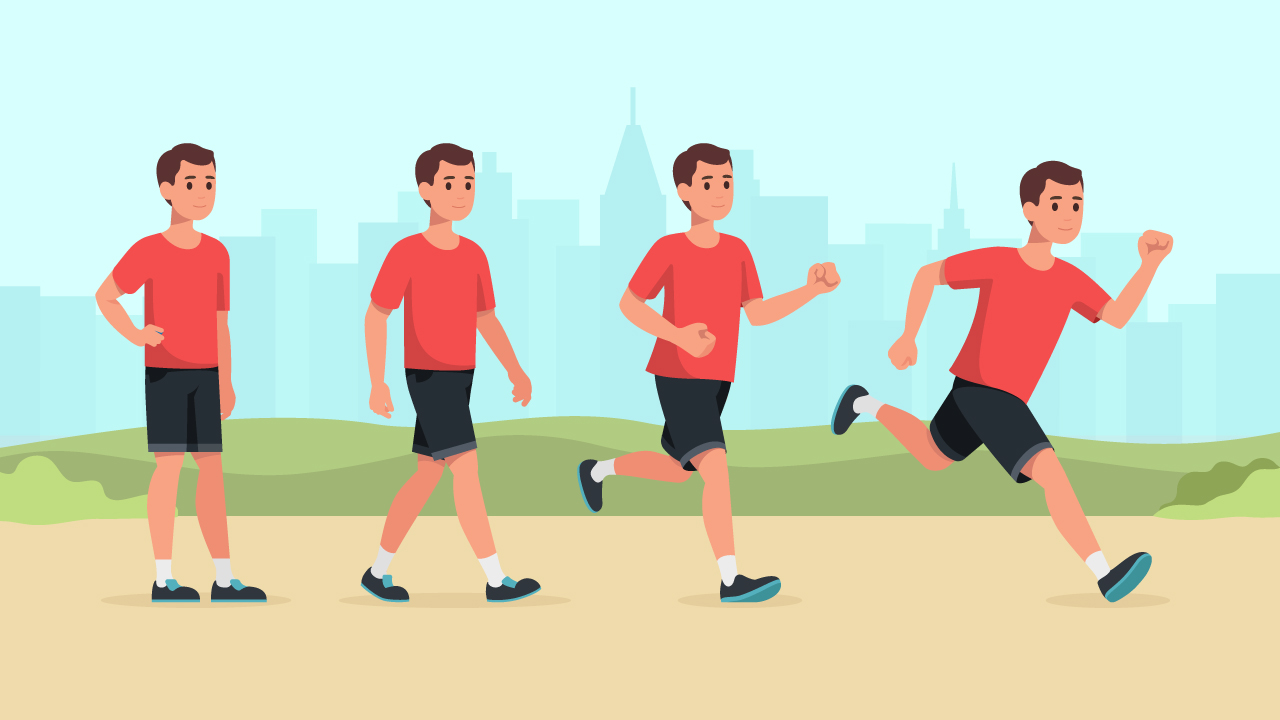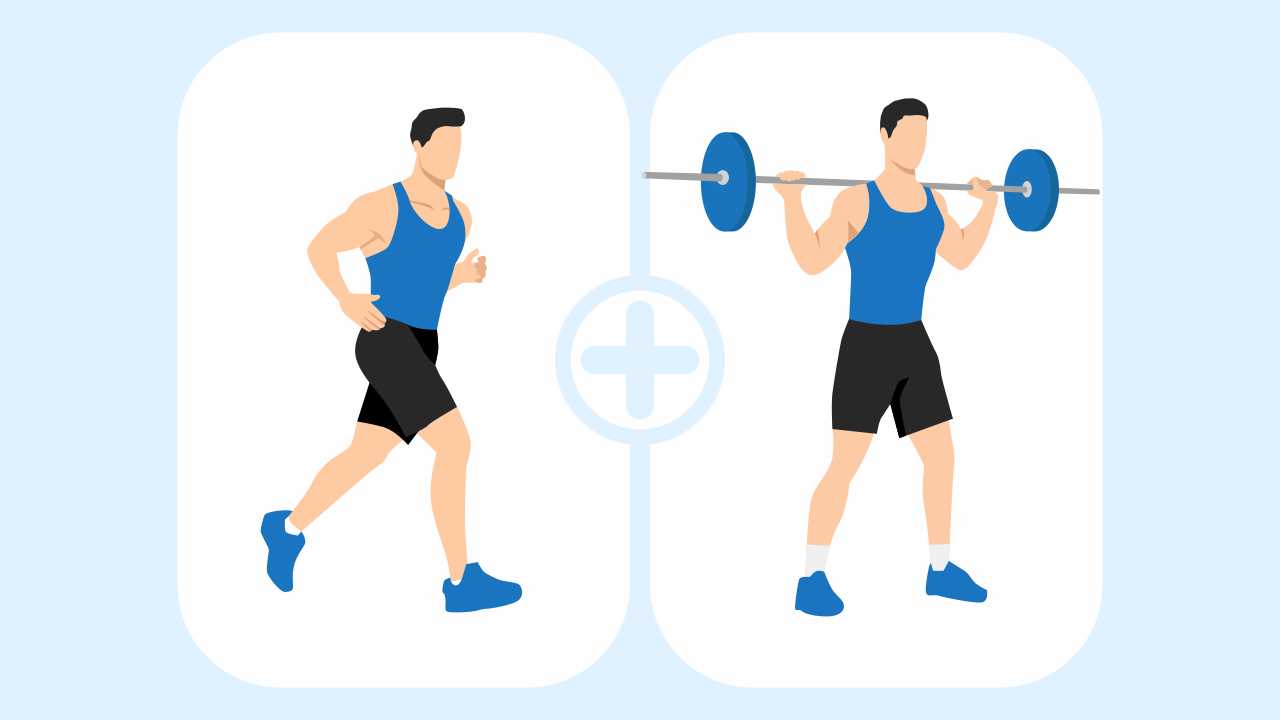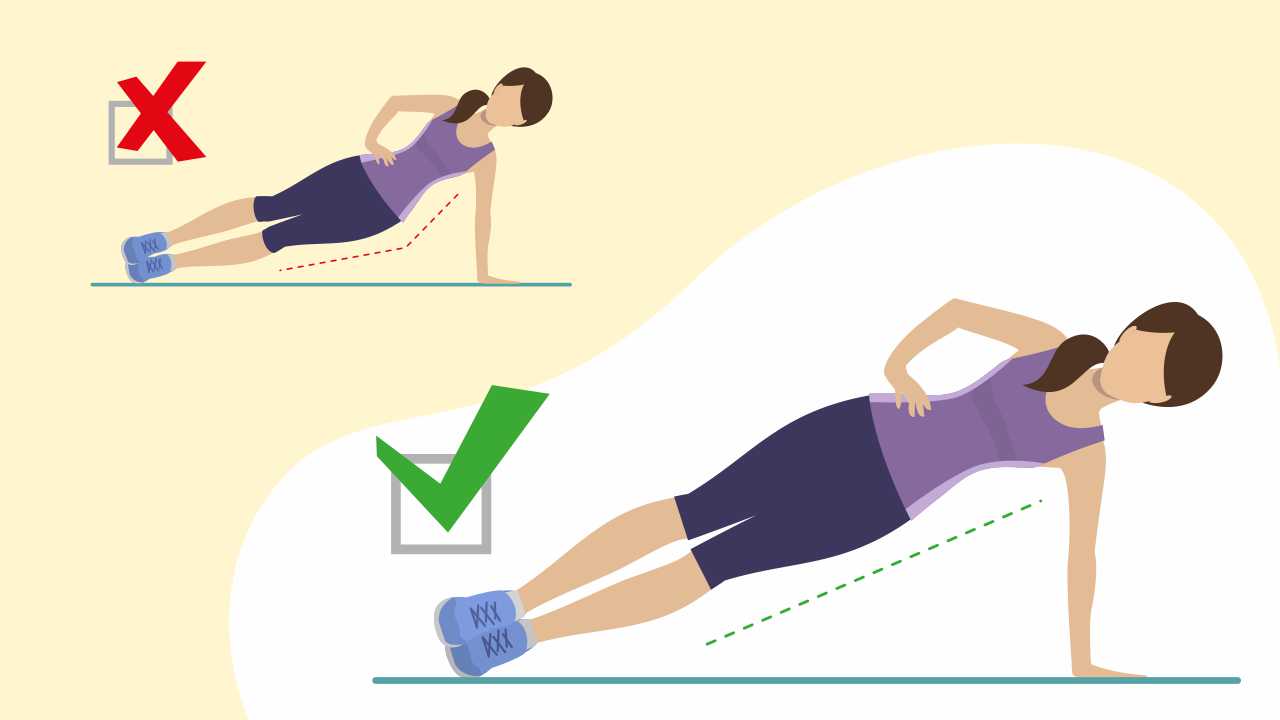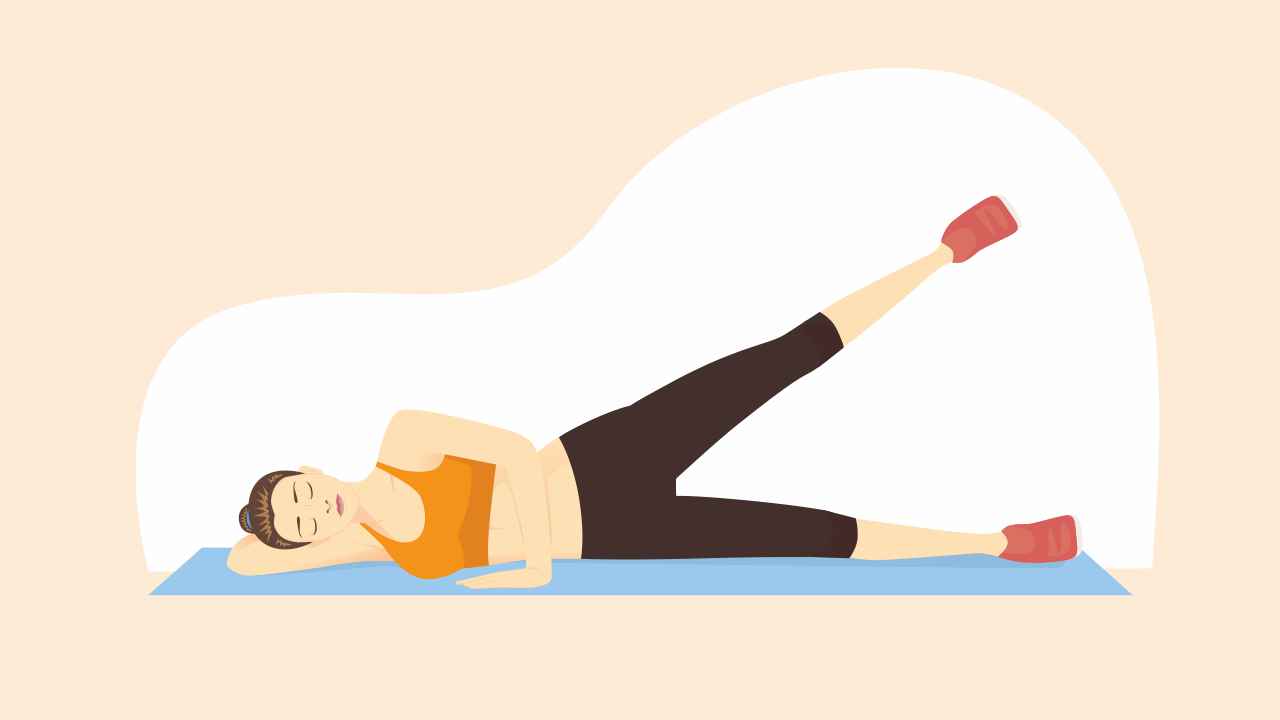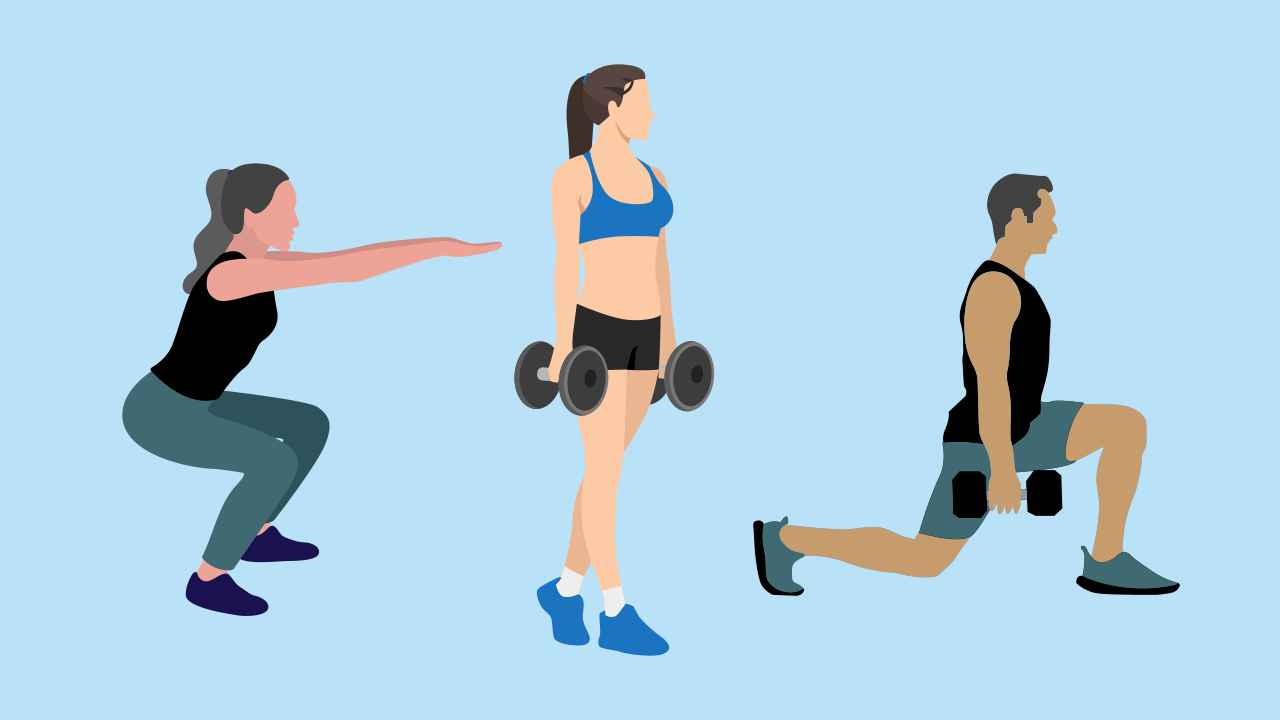
How to Incorporate Fitness as a Lifestyle
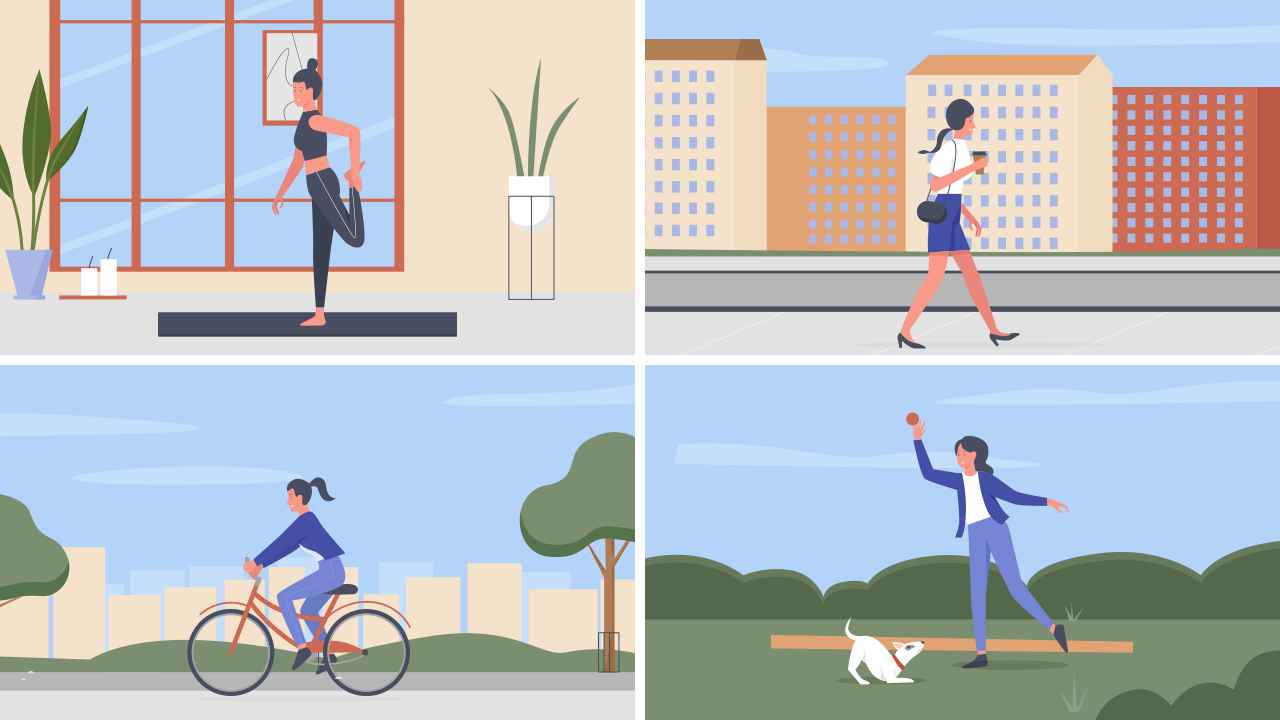
Do you struggle everyday to motivate yourself for that workout, or worry that you won’t stick to a daily exercise routine? Many of us are circling in the sedentary rut despite our best intentions. While it is easy to push exercise to the bottom of your to-do list, staying active is one of the most essential things you can do for your body and mind. The benefits of exercising are countless.
Why should you exercise?
A review paper published in BMC Public Health has linked the positive effects of long-term physical activity on reducing the risk of chronic heart disease, type-2 diabetes, weight gain, and obesity. While these plus points are familiar, weight loss is often seen as the reason to start a daily workout routine.
Aesthetics is an important outcome of regular exercise, but it is not all. When you incorporate fitness as a lifestyle, you develop behaviors that improve many areas of your life — maintaining good health, improved quality of life, the ability to move and perform daily tasks easily, as well as your mental state. Physical activity helps you meet all these parameters by preventing diseases and improving your overall health and well-being.
How much exercise should you do daily?
You need not do intense physical activities to ensure their effectiveness. Even simple changes such as going for a walk or taking the stairs can make a difference. According to the American Heart Association, adults should get at least 150 minutes of moderate-intensity aerobic activity or 75 minutes of vigorous aerobic activity per week.
When you break down 150 minutes through the week, it is surprising to see that 30 minutes of activity, five days a week is all it takes to get started. However, if you have been physically inactive for a while, sitting less and moving more through the day is a good way to begin.
Also read: How Does Exercise Benefit Your Body?
History and science behind exercise
When you have a free evening during the week, how would you like to spend it? Would you like to work out or watch a movie? If your choice is the latter, you are not alone. In a study published in Current Biology, people tend to find ways that minimize their energy expenditure. So, for example, while walking, people tend to move at a speed that minimizes energy use per unit distance.
Another study published in Neuropsychologia found that humans are innately attracted to sedentary behavior. Our ancestors have always engaged in physical activity, but only for survival. In the lifestyle of hunter-gatherers, food was often scarce; so, resting was a way to conserve energy for survival. In other words, humans were born to run — but as little as possible.
Physical activity acts as a stimulus to adjust to growing demands. Muscles become bigger with use, and bones get stronger while performing weight-bearing activities such as running. Similarly, vigorous exercise improves the ability of the heart to pump blood efficiently by increasing the elasticity of heart walls.
Muscle wasting (muscle loss) has evolved as an adaptive mechanism that lowers energy expenditure in the absence of physical activity. However, at no point in human history has man been completely devoid of physical activity; exercise has always been a part of their lifestyle for survival
At present, there are fewer incentives and no penalty for a lack of activity. The result is that the mechanisms that had evolved to lower energy expenditure have now manifested as diseases. So, current society is dealing with medical ailments like diabetes, osteoporosis, and heart diseases, which are all consequences of mechanisms to cut down energy costs.
A way to fix this issue is by finding ideas to incorporate activity in your daily life. If you have been having many excuses to not exercise, here are a few tips to help you incorporate fitness into your lifestyle today.
1. Start slow and progress gradually
If you have been sedentary for a while, decrease your level of physical inactivity by being more active throughout the day. For instance, take the stairs instead of the elevator or walk to the store rather than driving down the street. If you are starting a new training program, such as a running plan, start with the run/walk method, keeping the intensity at a conversational pace and steadily build on the mileage.
2. Find an exercise you enjoy
This is a simple but important step to help you be consistent with exercise. Do not force yourself into an activity just because everyone else does it. Physical activity is anything that gets your body moving, which includes dancing, walking, cycling, or jumping rope.
3. Set a time
If you prefer exercising at a particular time rather than working out when you get time, organize your day accordingly. Try to exercise early in the morning before your day gets busy. If you struggle to wake up in the morning, give yourself a couple of days before your body gets adjusted to working out daily. You can also block your exercise session in a calendar and then plan your day around it.
4. Walk to stimulate your heart
If keeping aside a set time is not your thing, you can combine walking with some other activity that you already do. Here are some useful tricks to make walking a routine in your day-to-day life:
- Walk or ride a bicycle to work if possible
- Make it a point to get off one stop early and walk the rest of the distance if you use public transport
- Try to cluster your errands in one area so that you can park your car and complete them at one go while walking
- Take the stairs whenever possible instead of the lift or an escalator
- Ensure that you talk and walk while conversing on the phone
- Catch up with a friend in the evening or brainstorm with your colleague while taking a walk together
- Take a quick 10-15 minute walk around the block during an office break
- Walk the kids to school if it is close to home
5. Do the chores
Actively participate in household chores like cleaning, washing dishes, gardening, or cooking. In your daily workout routine at home, you can add a fun element to these tasks by putting on some music while cleaning and gardening. According to Harvard Health, 30 minutes of gardening can help you burn 162 calories if you weigh 70kg.
6. Stay active at work
If your job requires you to be desk-bound for long hours, try doing desk-friendly exercises such as calf raises, desk push-ups, hamstring stretch, torso twist, or tricep dips. Instead of calls or emails, walk to your colleagues’ workstations and take breaks from your computer to move around.
7. Stay active with family
Plan outdoor activities such as hiking, walking in the park, swimming, or any games that involve physical exercises with your family. You may go cycling, play football, cricket, and hide-and-seek, or do any other activity that gets you moving.
8. Decrease inactivity
Although increasing your activity levels is important, it is also necessary to be mindful of the amount of time you spend being sedentary. If you enjoy watching TV during leisure time, you can do jumping jacks or stretching during commercials. Find alternative ways of spending leisure time in front of a screen.
Also read: How to Exercise Regularly and Stay Motivated
Following a healthy lifestyle routine can teach you discipline and balance. You not only do yourself a favor but you also show up as a better version of yourself for the people that truly matter in your life. The outcome is a lower risk of diseases, better relationships, and an overall healthy life.
References
1. Reiner M, Niermann C, Jekauc D, et al. Long-term health benefits of physical activity – a systematic review of longitudinal studies. BMC Public Health 2013; 13, 813.
2. Cheval B, Tipura E, Burra N, et al. Avoiding sedentary behaviors requires more cortical resources than avoiding physical activity: An EEG study. Neuropsychologia 2018; 119: 68-80.
3. Born to Move: Human Hearts Evolved to Need Exercise. Harvard Health Publishing. 2020; published online January 1. https://www.health.harvard.edu/heart-health/born-to-move-human-hearts-evolved-to-need-exercise (accessed Aug 9, 2021).
4. Shaw J. Born to Rest. Harvard Magazine. – https://www.harvardmagazine.com/2016/09/born-to-rest (accessed Aug 9, 2021).
5. Shapiro M. How to Make Health and Fitness a Lifestyle. – NASM. https://blog.nasm.org/behavior-change-and-motivation/how-to-make-health-and-fitness-a-lifestyle (accessed Aug 9, 2021).
6. Physical Activity – How to Get Active When You Are Busy. Better Health Channel, Victoria State Government https://www.betterhealth.vic.gov.au/health/healthyliving/Physical-activity-how-to-get-active-when-you-are-busy (accessed Aug 9, 2021).
7. Incorporating Activity Into Daily Life. British Nutrition Foundation.https://www.nutrition.org.uk/healthyliving/an-active-lifestyle/incorporating-activity-into-daily-life.html?limitstart=0 (accessed Aug 9, 2021).
8. Simon S. 10 Tips to Fit More Fitness Into Everyday Life. American Cancer Society. 2020; published online Jan 1. https://www.cancer.org/latest-news/fit-more-fitness-into-everyday-life.html (accessed Aug 9, 2021).
9. No Time for Exercise? Here Are 7 Ways to Move More! American Heart Association. https://www.heart.org/en/healthy-living/fitness/getting-active/no-time-for-exercise-here-are-7-easy-ways-to-move-more (accessed Aug 9, 2021).


